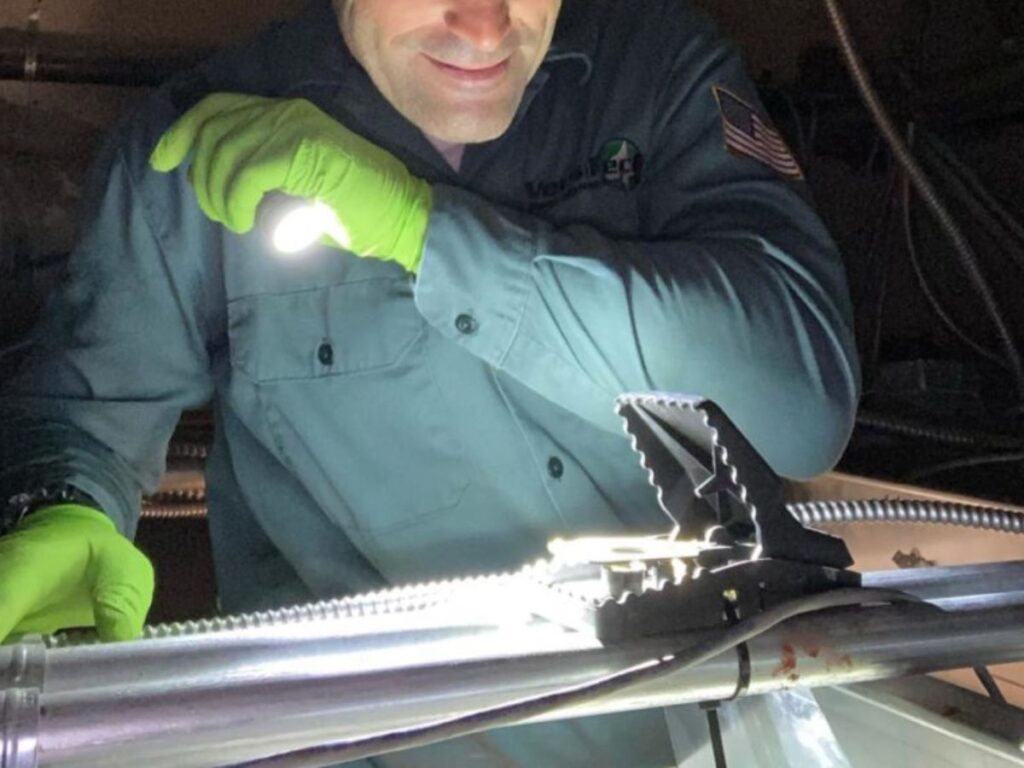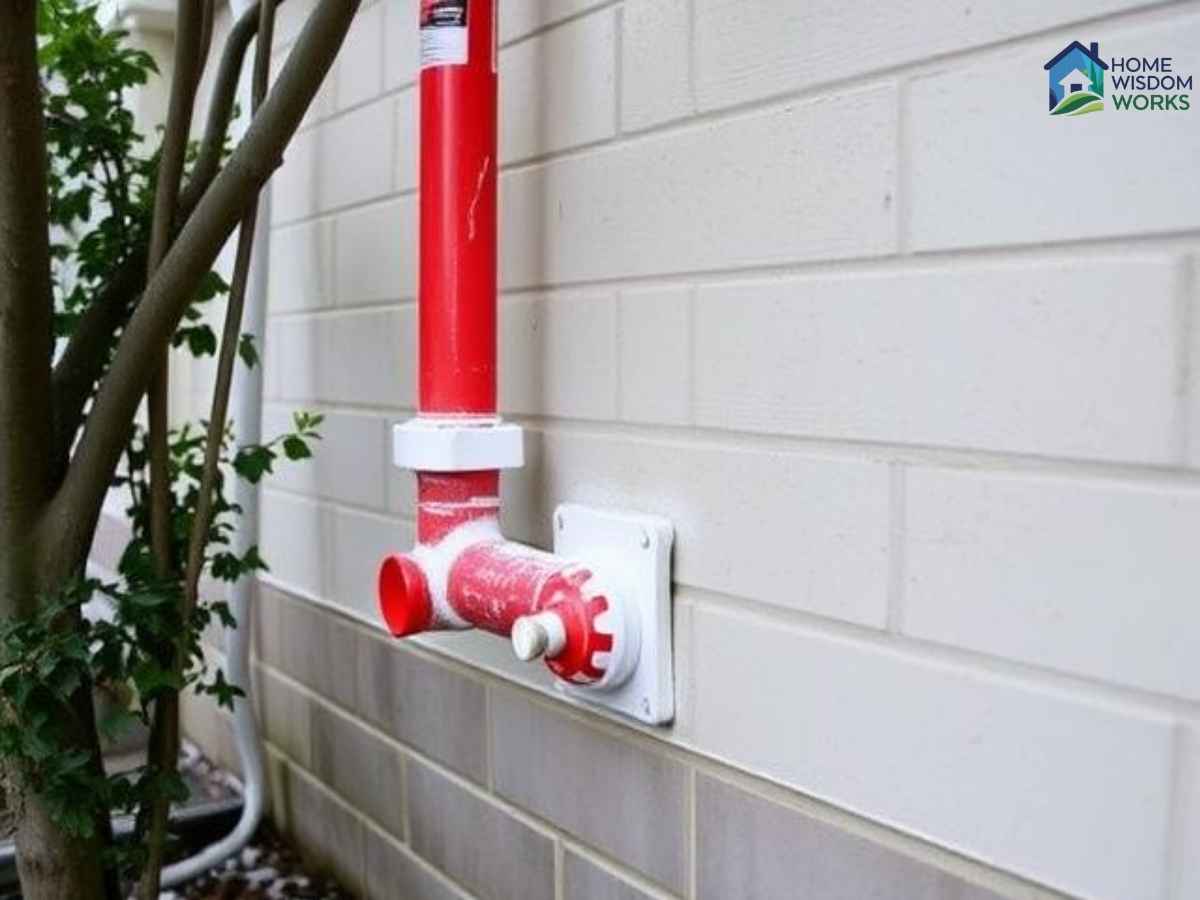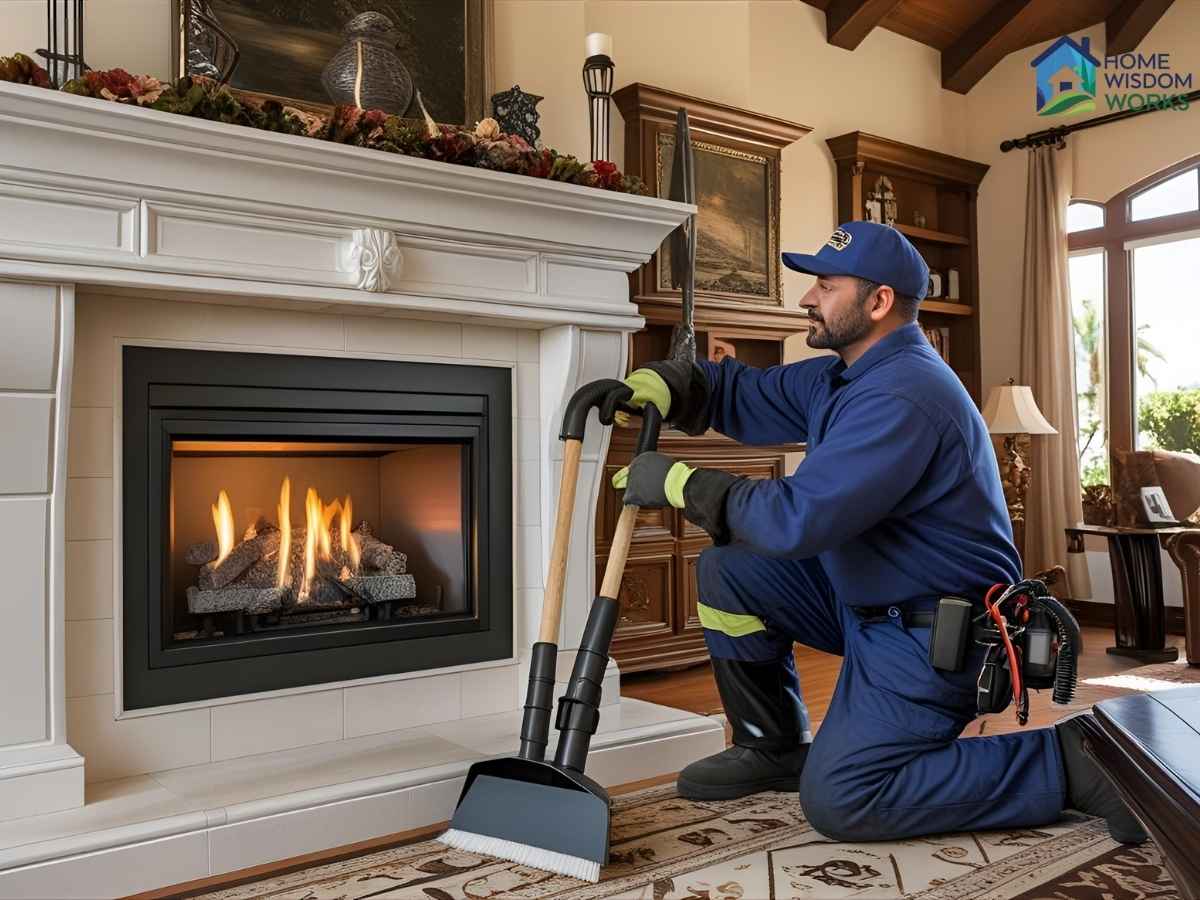Waking up to the sound of tiny claws scuttling above your bedroom ceiling is every Angeleno’s worst nightmare—especially when you live under the Hollywood Hills or in a Craftsman home in Highland Park (ZIP 90042). In a city where warm Pacific breezes meet sprawling urban neighborhoods, rodents find countless entry points into attics and crawlspaces, burrowing into insulation and gnawing through wiring. Residential rodent removal Los Angeles attic crawlspace cleanup isn’t just about trapping rats and mice; it’s about safeguarding your home’s structure, your family’s health, and your peace of mind.
Los Angeles averages highs of 77°F, lows of 58°F, and 60% humidity year-round. These conditions, combined with aging Spanish-style bungalows in Echo Park (ZIP 90026), hillside estates in Silver Lake (ZIP 90039), and mid-century modern homes in Culver City (ZIP 90232), create an endless buffet of nesting sites and food sources. From Santa Monica’s fog-cooled coasts to the sun-baked canyons of Studio City (ZIP 91604), every neighborhood faces unique rodent challenges that demand hyper-local expertise.
Attic and crawlspace infestations often go unnoticed until damage appears: shredded insulation, chewed beam supports, and frass mounds hidden behind HVAC units. Beyond structural harm, rodents carry hantavirus, leptospirosis, and salmonella, posing serious risks—particularly to children and pets. Prompt, thorough cleanup and exclusion protect your home’s value and indoor air quality, while preventing costly repairs that can exceed $10,000.
In this comprehensive guide, you’ll find:
- A deep dive into LA’s unique rodent pressures
- Proven same-day removal and cleanup protocols
- Three real case studies from distinct neighborhoods
- Profiles of the top three Los Angeles service providers
- Essential local resources and permit links
- Long-form FAQs addressing local concerns
Dive in to arm yourself with the knowledge and contacts needed for a rodent-free, healthy home.
Why LA Homes Attract Rodents
Rodents thrive where food, water, and shelter intersect. In Los Angeles:
- Leaky gutters on hillside homes in Mount Washington (ZIP 90065) create moist wood rot that attracts mice.
- Mulch beds and irrigation lines near walkways in Sherman Oaks (ZIP 91423) harbor rat burrows.
- Attics above ground-floor dining rooms in Downtown lofts (ZIP 90014) offer easy access via wall voids.
- Crawlspaces beneath Venice Beach bungalows (ZIP 90291) are often cluttered with storage, ideal for nesting.
Winter rains flush rodents from hillside burrows into crawlspaces, while summer drought drives rats and mice to seek moisture under leaking AC units. Aging plumbing in West Adams (ZIP 90016) leaks condensate near foundations, luring roof rats into attics through soffit gaps. Successful removal hinges on understanding each microclimate: foggy coastal breezes differ from inland heat pockets, influencing rodent behavior and optimal treatment timing.
Comprehensive Removal and Cleanup Protocols
Effective residential rodent removal in Los Angeles follows a multi-step process:
- Inspection and Activity Mapping
Certified technicians use infrared cameras to locate heat signatures of nests in attic eaves and moisture meters to find leaks in crawlspaces. In Hollywood Hills homes bordering Runyon Canyon (ZIP 90046), this reveals roof rat trails along ridge beams. Detailed mapping informs targeted treatments. - Exclusion and Sealing
All entry points—gaps around plumbing vents, damaged soffits, foundation cracks—are sealed with stainless-steel mesh and high-grade silicone. In Echo Park bungalows, a ½-inch gap under a rooftop vent allowed pack rats to enter. Technicians install custom-fabricated metal flashings to permanently block access. - Live Trapping and Baiting
Tamper-resistant live traps and eco-friendly bait stations are placed along attics’ perimeter in Silver Lake homes. Traps are checked daily, and any caught rodents are humanely relocated at least five miles away, in compliance with LA County wildlife regulations. - Sanitation and Debris Removal
Once rodents are removed, crews clear out contaminated insulation and nesting materials, seal frass in heavy-duty biohazard bags, and disinfect structural elements with HEPA-filtered foggers. Replacement insulation uses rodent-resistant fiberglass batts, restoring R-value and indoor air quality. - Ongoing Monitoring and Maintenance
Quarterly attic and crawlspace inspections catch any re-entry within days. Technicians reset traps, inspect seals, and provide homeowners with detailed digital reports, ensuring lasting protection.

Hyper-Local Case Studies
Echo Park Attic Cleanup
When the Martinez family in ZIP 90026 noticed scratching above their master bedroom, they discovered a family of pack rats nesting in attic rafters. A same-day emergency call brought technicians who mapped trails with thermal imaging, sealed entry points around a chimney chase, and removed five cubic feet of contaminated insulation. Within 48 hours, Martinez home regained clean airflow and peace of mind.
Culver City Crawlspace Rescue
Down in ZIP 90232, the Chen household found water damage and mouse droppings under their raised bungalow. Technicians used moisture meters to locate a leaking pipe, repaired the drip pan under the AC unit, then set up live traps along skirting boards. Contaminated debris was hauled away, and rodent-resistant insulation installed. The Chens’ allergy symptoms subsided almost immediately.
Silver Lake Roof Rat Exclusion
In ZIP 90039, a renovated 1920s Tudor saw roof rats gnawing attic beams. Experts scoped behind dormer walls using endoscopic cameras, applied rodent-proof mesh under eaves, and laid bait stations along rooflines. Follow-up inspections over six months confirmed zero new activity, protecting the historic structure without damaging its character.
Top 3 Los Angeles Service Providers
- LA Rodent Rescue
Specializing in attic and crawlspace services across all LA ZIP codes, they offer 24/7 emergency calls, thermal diagnostics, and a two-year re-entry warranty. Learn more at larodentrescue.com. - Attic Armor Pest Solutions
Renowned for eco-friendly cleanup and insulation replacement, they serve neighborhoods from Pasadena (ZIP 91105) to San Pedro (ZIP 90731). Visit atticarmorla.com to schedule. - Westside Wildlife Control
Experts in humane trapping and wildlife relocation for rodents and other critters, they cover Westwood, Brentwood, and Beverly Hills (ZIP 90210). Book at westsidewildlife.com.
Essential Local Resources
- LADWP leak repair and rebate information: https://www.ladwp.com/savewater
- LA County Vector Control rodent guidelines: https://dpw.lacounty.gov/epd/rodents
- City of Los Angeles Building and Safety permits for structural repairs: https://www.ladbs.org/permits
- Internal links: explore our attic insulation services, learn about crawlspace encapsulation, or check customer testimonials.
Preventive Measures for Angeleno Homeowners
- Keep tree limbs trimmed at least six feet from roofs to block rodent bridges.
- Store firewood off the ground and away from foundations.
- Repair all plumbing leaks within 24 hours to cut moisture sources.
- Declutter attics and crawlspaces; use sealed plastic bins rather than cardboard.
- Schedule semi-annual inspections before rainy season and peak breeding months (March–May).
People Also Ask: How can I tell if rodents are in my attic?
Listen for scratching noises at dusk, look for droppings along beams, and inspect insulation for shredded nesting material.
People Also Ask: Are DIY traps effective for attic infestations?
Home traps capture individual rodents but don’t address entry points or nest removal, leading to recurring infestations.
People Also Ask: How long does attic cleanup take?
Most single-family homes require 1–2 days for full inspection, sealing, removal of contaminated materials, and insulation replacement.
Frequently Asked Questions
How much does residential rodent removal and attic cleanup cost in Los Angeles?
Prices vary by infestation severity and home size. A typical 1,500 sq ft home ranges $1,200–$2,800, including sealing and insulation.
Is a permit needed to repair attic vents or structural damage?
Minor soffit and vent repairs under 30 linear feet usually don’t require permits. Major structural modifications need LADBS approval.
How soon can technicians arrive after an emergency call in Downtown LA (ZIP 90014)?
Most providers guarantee arrival within 4 hours for same-day service calls made before 2 PM.
Are the chemicals used safe around family and pets?
Technicians use low-toxicity products labeled for indoor use and ensure treated areas are ventilated before re-entry.
What follow-up services prevent future infestations?
Quarterly inspections and maintenance plans include re-sealing any new openings, resetting traps, and reviewing sanitation with homeowners.
When rodents invade your attic or crawlspace, immediate action is vital. Armed with local expertise, targeted cleanup, and the right service provider, your Los Angeles home can stay rodent-free and healthy. Don’t wait for damage to escalate—schedule your inspection today and protect your investment.


